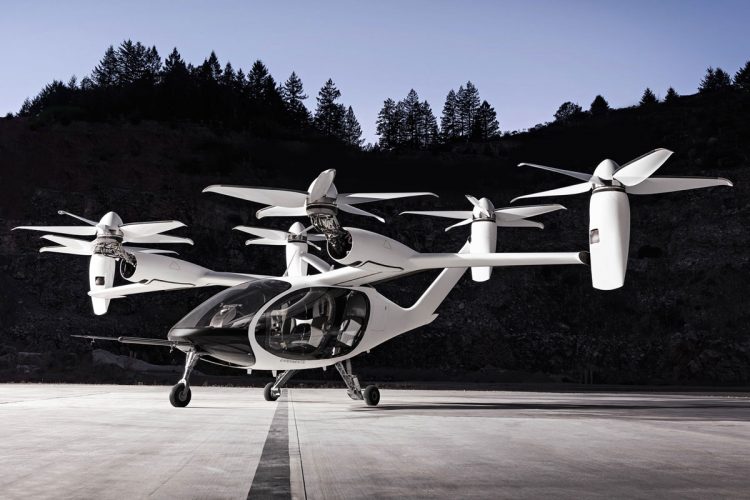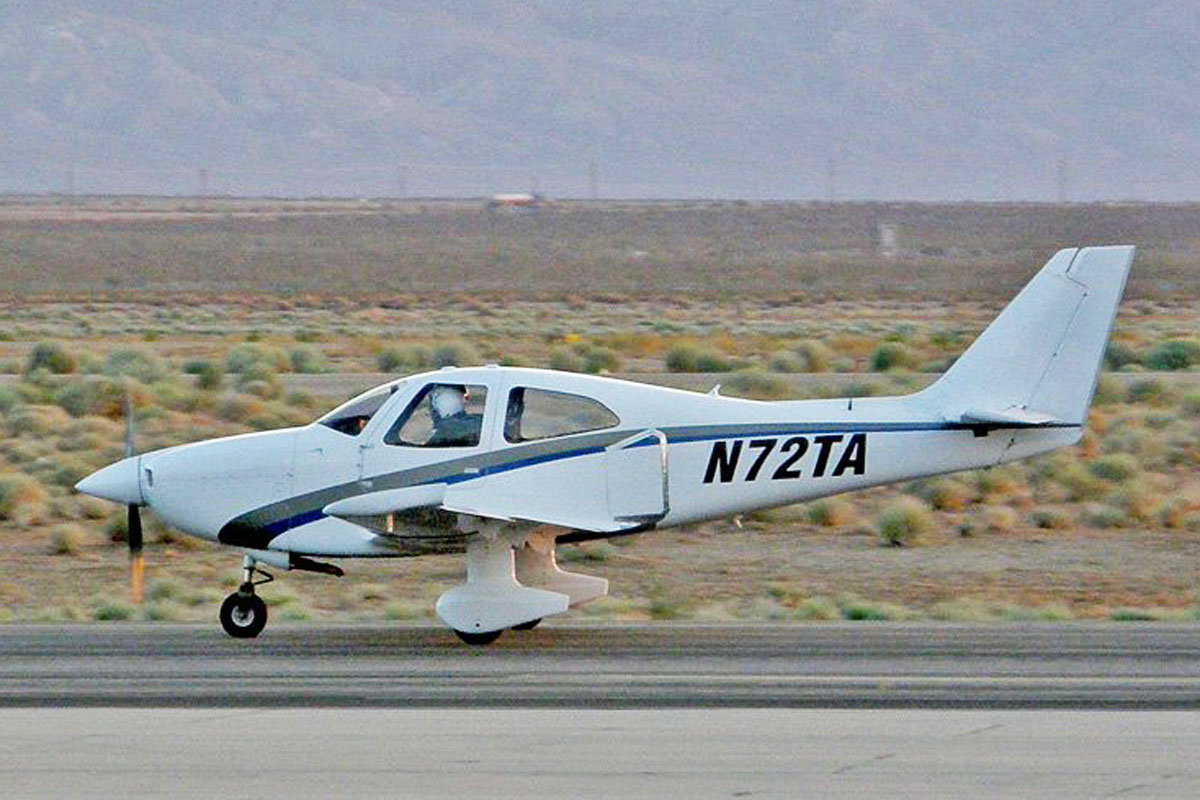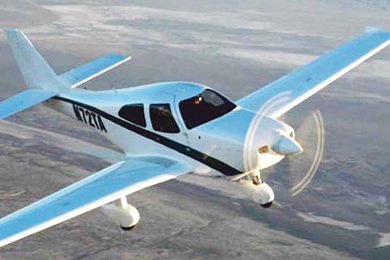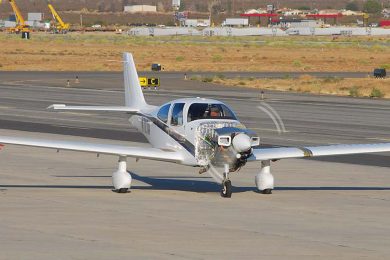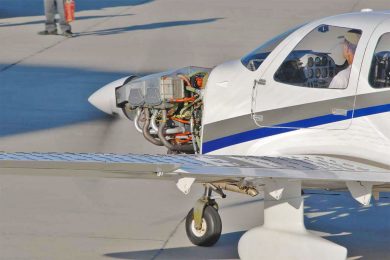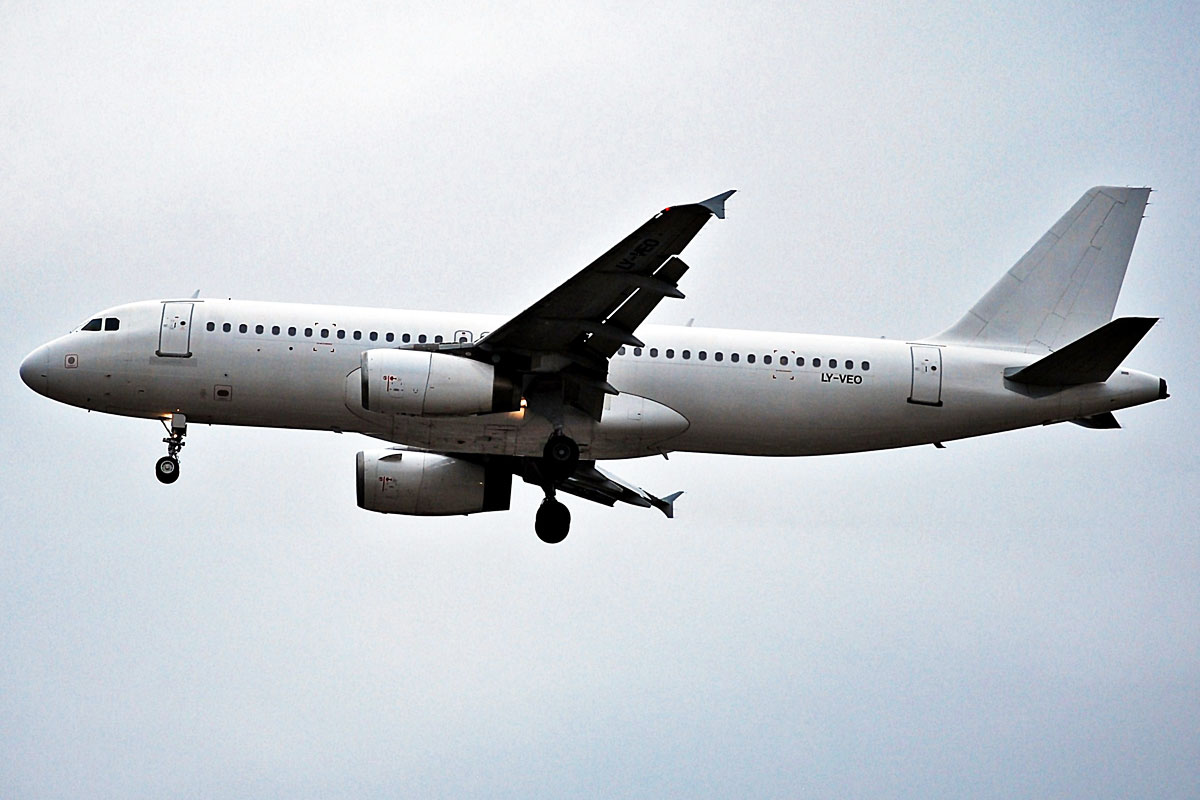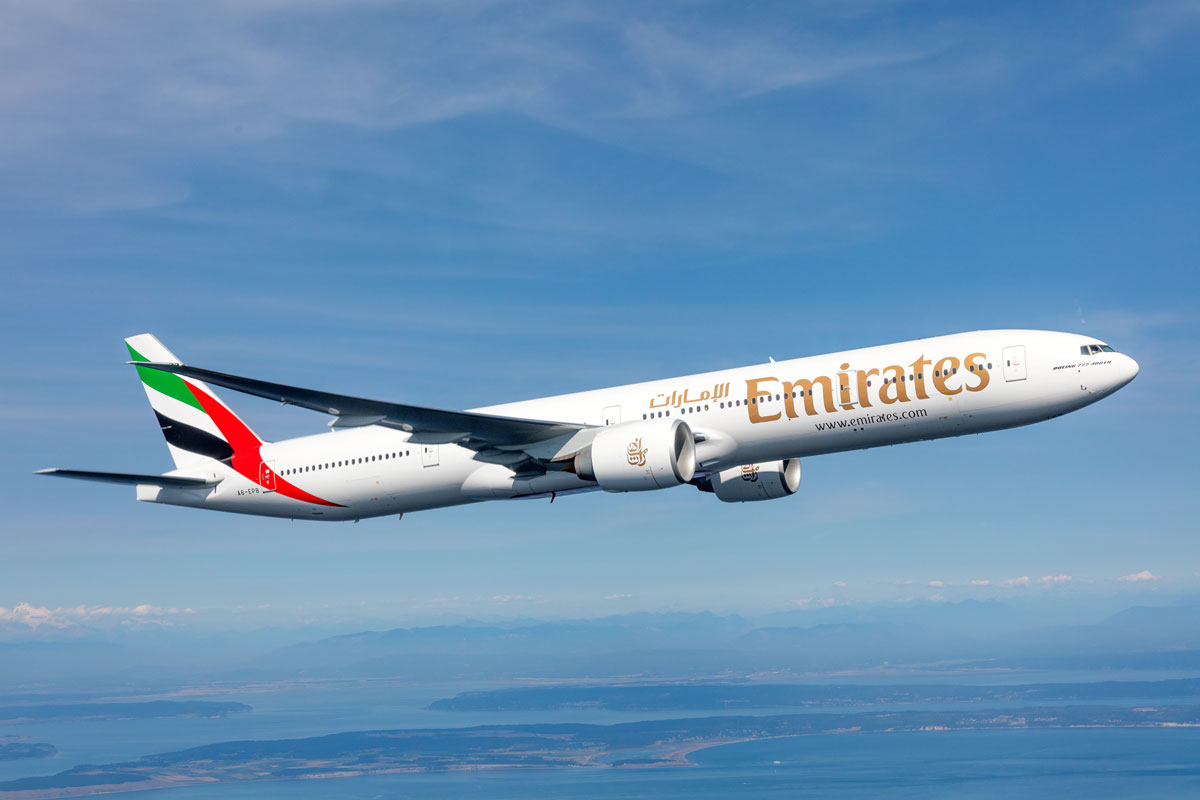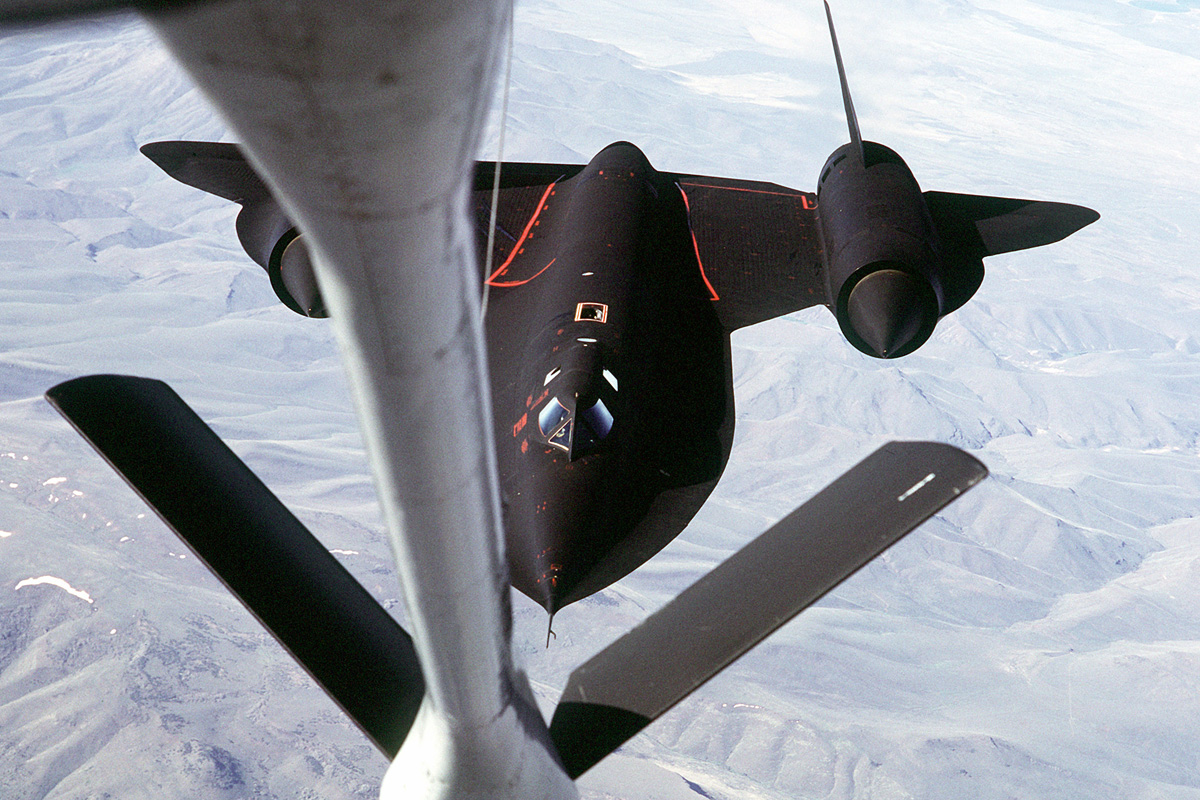One of the largest automakers in the world, Toyota is also a reference in the industry for its efficient manufacturing methods. With oriental patience and perseverance, the Japanese giant is admired and known for the reliability of its models like the famous Corolla sedan.
For that reason, it would not be surprising if Toyota decided to enter other markets such as aviation, as other smaller Japanese automakers such as Honda and Mitsubishi have already done so. What few people know is that, yes, the automaker has even flirted with the idea of designing and manufacturing an aircraft in series.
This fact occurred for many years, between the 90s and the early 2000s and gave rise to a small single-engine plane built in composite material called TAA-1. The prototype was designed and manufactured following construction concepts similar to the famous Toyota production system while Burt Rutan’s Scaled Composites was contracted to assemble and test the plane.
Equipped with a 180 hp Lycoming IO-360 engine and capable of carrying four occupants, the TAA-1 flew for the first time on May 31, 2002 at California’s Mojave Airport. But despite the importance of the fact, Toyota hardly commented on its project at the time.
In fact, the company was already carrying out tests with a V8 engine adapted from Lexus’ LS400 sedan on another aircraft built by Scaled Composites in 1991. After this experience did not have the expected effect, the American division of Toyota decided to hire engineers from Boeing and Raytheon to develop a light plane design.
In order not to attract media attention, Toyota used a small company as a front and worked for four years to complete the prototype. Among the little information revealed is that the fuselage and wings were molded in a unique shape in carbon fiber. These parts were then sent to Scaled for final assembly.
During the 2002 edition of Oshkosh, Burt Rutan revealed that the Toyota plane would use Japanese avionics and would have very simple handling characteristics, brought from the automobile sector.
Few words
Faced with the revelation of the pioneer flight in 2002, Toyota ended up being questioned by the project, but revealed little. Xavier Dominicis, spokesman for the US sales division, acknowledged the existence of the aircraft: “The only thing we are saying is that we did indeed conduct a test flight. We are studying the potential for a single-engine piston plane but there is not a lot we can say.”
Shoichiro Toyoda, son of the founder of Toyota, however, was clearer in an interview in a newspaper in Singapore when he said that, although “our main business will still be automotive-based, we are studying the opportunities for a light aircraft. In the US , there are 200,000 propeller planes, many of them aging. ”
In fact, the general aviation market is huge in the USA, the largest in the world, and which has consumed almost the same models for decades. Toyota’s objective was obvious: to offer an airplane as simple as a car on the market, priced significantly cheaper than other existing single engines aircraft.
Heavy
After many questions, the manufacturer issued an official statement at the time. “Toyota Motor Corporation (TMC) has successfully completed the first test flight of an experimental aircraft built to verify small aircraft technology in a joint project with Toyota Motor Sales, U.S.A., Inc. (TMS). The test was part of TMC-TMS research to examine whether Toyota’s aerodynamics and low-cost production technologies could be applied to the small aircraft sector. Based on technology accumulated through its auto manufacturing experience, Toyota plans to continue with similar research in the area of personal aviation, with the aim of making contributions to general aviation technology,” said the automaker at the time.
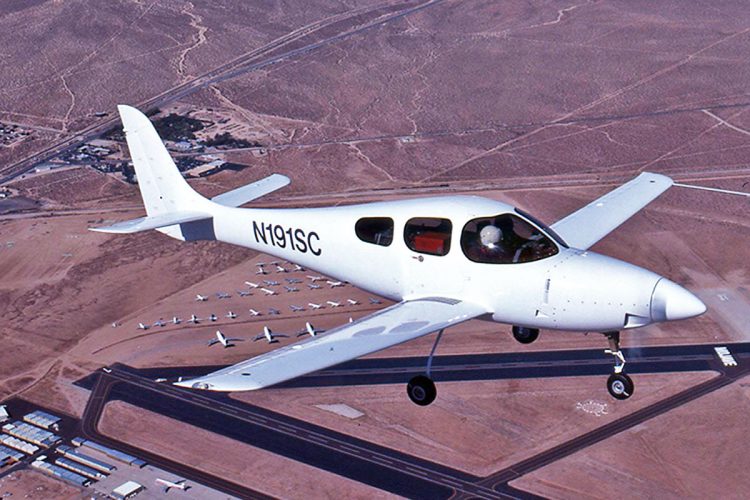
Toyota intended to build a version with a retractable landing gear, the TAA-2, but the TAA-1 would have disappointed in flight. Its weight in the end was high, which compromised the performance as a whole. After the inaugural flight, the single-engine plane project was gradually discontinued without an explanation from Toyota.
As to the destination of TAA-1, little is known. The plane was reportedly kept in a Scaled Composites hangar in Mojave after making occasional flights until 2008. In March 2011, the registration of the aircraft N72TA was canceled by the FAA.
Toyota’s entry into aviation would be a milestone. With its global presence, the Japanese automaker could take a leading role in the small aircraft market and force its competitors to improve their products. Although the idea of popularizing the plane at the time was genuine, 20 years later the advancement in aeronautical technology has shown another way, with flying taxi models.
It is no surprise that, 18 years after the TAA-1 flight, Toyota is again looking to the skies. In January, the automaker decided to invest almost $ 400 million in the startup Joby Aviation, which develops an electric aircraft for takeoff and vertical landing. Akio Toyoda, current Toyota CEO, confessed that the dream of flying at the company remains alive: “Air transportation has been a long-term goal for Toyota, and while we continue our work in the automobile business, this agreement sets our sights to the sky.”
